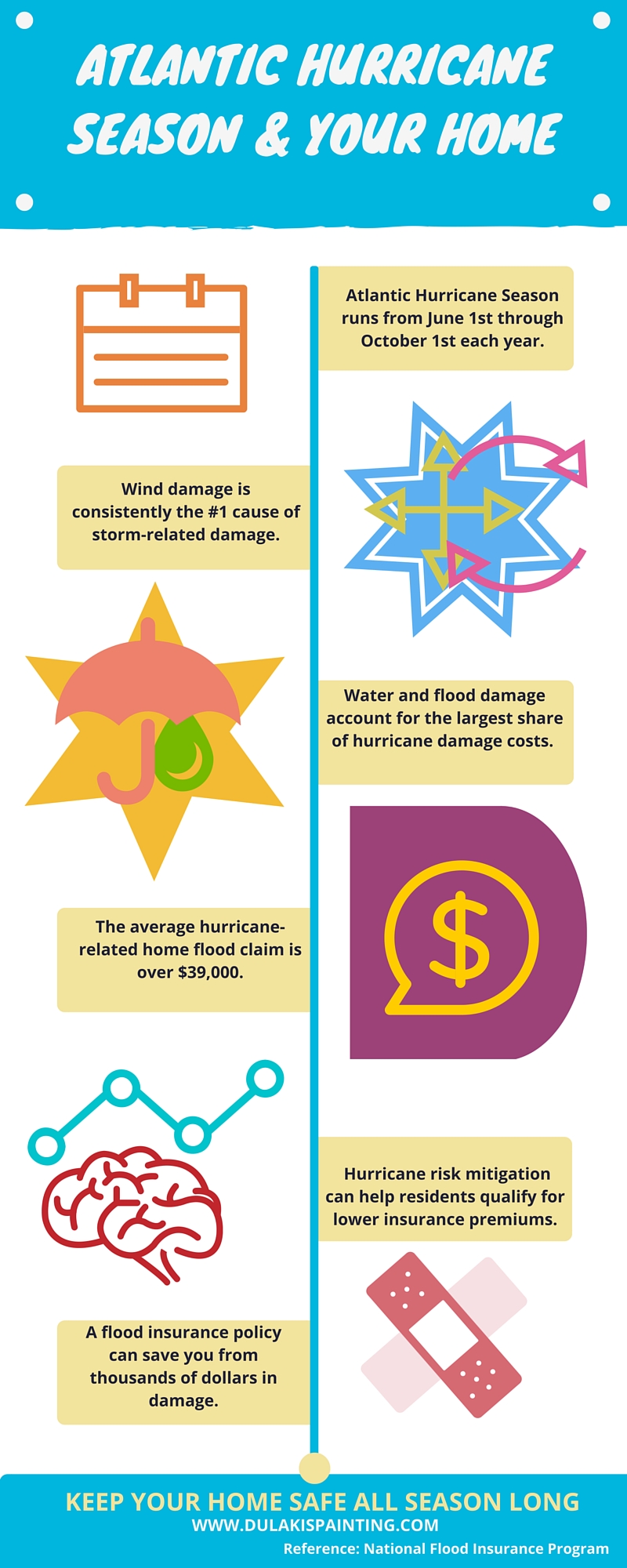Learn Just How Seasonal Elements Affect Business External Painting Success And Discover The Very Best Times To Make Certain Long Lasting Results For Your Job
Learn Just How Seasonal Elements Affect Business External Painting Success And Discover The Very Best Times To Make Certain Long Lasting Results For Your Job
Blog Article
Created By-Doherty Bagger
When you're planning an industrial external paint project, seasonal factors can make or break your results. You'll intend to consider just how temperature level and humidity effect paint application and drying out times. Selecting the appropriate period can guarantee your paint adheres properly and lasts longer. However which periods are truly the most effective for this sort of work? Allow's discover the key elements that can influence your project's success.
The Effect of Temperature on Paint Application
When you're planning a commercial external paint job, the temperature level can dramatically affect exactly how well the paint sticks and dries.
Preferably, you want to repaint when temperatures vary between 50 ° F and 85 ° F. If it's as well cold, the paint might not treat appropriately, bring about concerns like peeling off or splitting.
On the other hand, if it's also hot, the paint can dry as well swiftly, preventing proper adhesion and leading to an unequal finish.
You ought to also think about the time of day; early morning or late afternoon supplies cooler temperatures, which can be more desirable.
Constantly examine the supplier's referrals for the particular paint you're utilizing, as they usually provide guidance on the excellent temperature range for optimal outcomes.
Humidity and Its Effect on Drying Times
Temperature isn't the only ecological factor that affects your business external painting job; humidity plays a considerable duty also. High humidity levels can reduce drying times drastically, influencing the total quality of your paint task.
When the air is saturated with moisture, the paint takes longer to cure, which can lead to issues like bad bond and a higher risk of mold development. If you're painting on an especially damp day, be gotten ready for prolonged wait times between layers.
It's vital to check neighborhood weather and strategy as necessary. Preferably, go for humidity levels between 40% and 70% for optimum drying out.
Keeping these consider mind ensures your project remains on track and delivers a long-term finish.
Best Seasons for Commercial Outside Paint Projects
What's the most effective season for your commercial exterior paint jobs?
https://www.dotnews.com/2022/boston-home-resident-finds-hope-painting and early loss are usually your best options. Throughout these seasons, temperature levels are moderate, and moisture levels are usually reduced, producing ideal problems for paint application and drying.
visit the up coming internet site , which can create paint to completely dry too swiftly, causing inadequate attachment and finish. In a similar way, wintertime's cold temperatures can hinder proper drying out and treating, taking the chance of the long life of your paint job.
Go for days with temperatures between 50 ° F and 85 ° F for optimum results. Bear in mind to inspect the local weather forecast for rain, as wet problems can ruin your task.
Preparation around these variables guarantees your painting task runs smoothly and lasts longer.
Conclusion
To conclude, planning your industrial exterior paint tasks around seasonal factors to consider can make a significant distinction in the outcome. By scheduling work during the perfect temperature levels and moisture degrees, you'll guarantee better attachment and drying out times. Remember to keep an eye on regional weather report and pick the correct time of year-- springtime and early fall are your best bets. Taking these actions will help you accomplish a durable and specialist coating that lasts.
